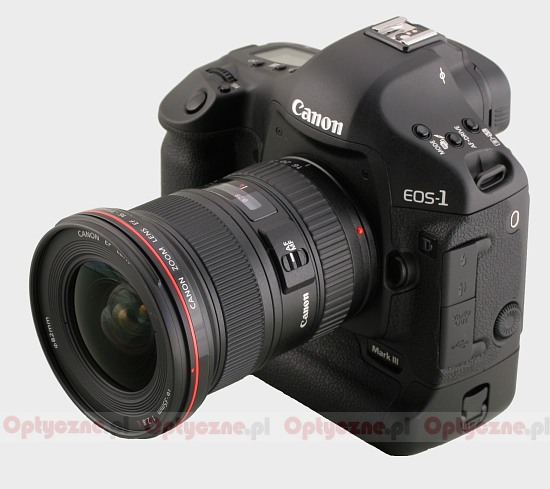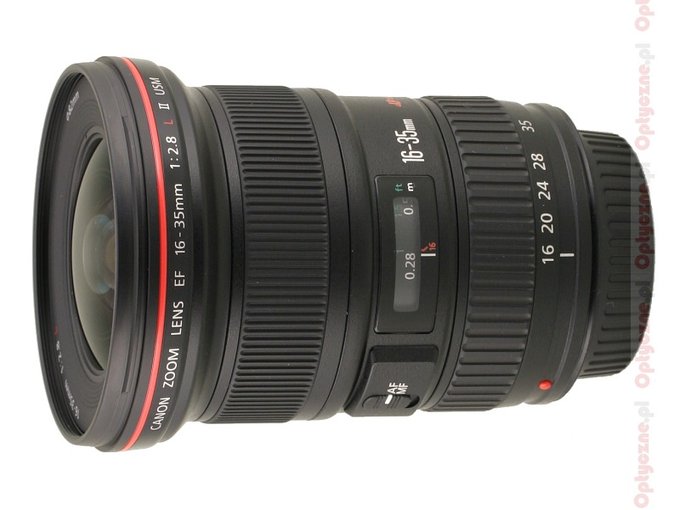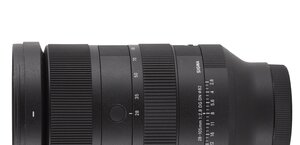Canon EF 16-35 mm f/2.8L II USM
1. Introduction
In February 2007 the Canon company presented a new lens- an EF 16-35 mm f/2.8 L II USM - along with the launch of a new EOS 1D Mk III reflex camera. Taking into account the fact that a sealed EX 580 II lamp was released in the same time, these launches must have made all photojournalists very happy – they were handed a very nice set indeed. It is worth mentioning that the new L-series lens on the APS-H sensor, with which a 1 D Mk III is equipped, had the diagonal angle of view in the range from 94 to 52 degrees so it became an all-purpose instrument, in fact simply made for photojournalism.
Of course the lens was designed to operate on full frame, becoming a wide-angle zoom with the field of vision range from 107 to 63.4 degrees on it. The owners of amateur reflex cameras with an APS-C sensor can also look at this lens with a longing eye, though. For them this L-series device is a more ubiquitous substitute of a kit lens, with the angle of view from 80.7 to 42.5 degrees. It is clearly seen that the EF 16-35 f/2.8L is an instrument which can interest practically every Canon reflex camera owner, no matter what segment they represent. Of course as long as they can afford it because the lens is not cheap.
Please Support UsIf you enjoy our reviews and articles, and you want us to continue our work please, support our website by donating through PayPal. The funds are going to be used for paying our editorial team, renting servers, and equipping our testing studio; only that way we will be able to continue providing you interesting content for free. |
- - - - - - - - - - - - - - - - - - - - - - - - - - - - - - - - - - - - - - - - - - - - - - - -
Should you be interested in buying this lens, then? Is it really worth the money you must pay for it? How the legendary L-series optics fare, now designed from A to Z to cooperate with digital cameras? We hope our test will be able to answer these questions.
The lens was lent for the test by the Cyfrowe.pl shop.
Information about our review method can be read in our article “How do we test lenses?"
 |







